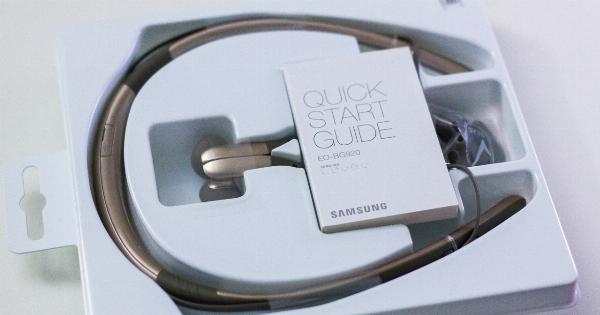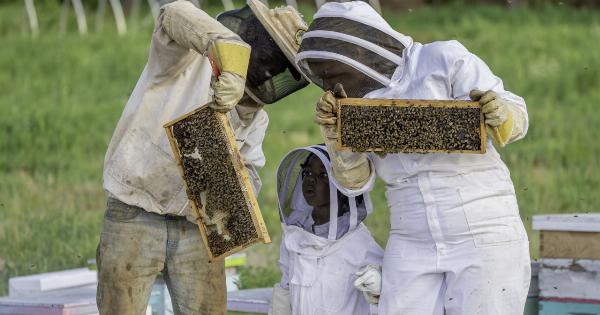Truth and lies are part and parcel of our daily lives. They are present in every aspect of our life, from our personal relationships to our professional ones. Yet many of us still find ourselves struggling with the fine line between truth and lies.
We wonder where to draw that line and how to stay on the right side of it.
What is the Line Between Truth and Lies?
The line between truth and lies is a thin line that separates what is true from what is false. It is the boundary that we use to distinguish between honesty and dishonesty. But where exactly is this line drawn? And why is it so difficult to see?.
One reason is that truth and lies are often intertwined in our everyday lives. We are accustomed to hearing half-truths and distorted facts. We hear it on the news, in political speeches, and even in our personal relationships.
And because we hear it so often, we may not even realize when something is untrue.
Another reason why the line between truth and lies is so difficult to see is that it can vary from one person to another. What is considered a lie to one person may be the truth to another.
This is because our beliefs, values, and experiences shape our perceptions of truth and lies.
Why Do People Lie?
People lie for a variety of reasons. Some people lie to protect themselves or others from harm. Others lie to gain an advantage or to avoid punishment. Still, others lie because they enjoy the thrill of deception.
Whatever the reason, lying is never acceptable. It damages trust, erodes relationships, and can even have serious legal and social consequences.
How to Stay on the Right Side of the Line
Staying on the right side of the line between truth and lies is vital for maintaining healthy relationships, building trust, and living an ethical life. Here are some tips:.
Be Honest
The most important step is to be honest with yourself and others. This means being truthful, transparent, and open in your communications.
Think Before You Speak
Before you say something, take a moment to consider its truthfulness. Ask yourself, “Is this really true?” If you have any doubts, it’s better to keep silent.
Avoid Half-Truths and Deceptions
Half-truths, exaggerations, and omissions are still lies. Avoid them at all costs.
Don’t Be Afraid to Say “I Don’t Know”
If you don’t know something, don’t pretend that you do. Admitting your ignorance is a sign of strength, not weakness.
Apologize if You Mess Up
If you accidentally tell a lie, apologize immediately. Take responsibility for your actions and make amends.
Conclusion
The line between truth and lies is a fine one that requires vigilance and courage to see.
It’s not always easy to stay on the right side of the line, but it’s essential for building healthy relationships, maintaining trust, and living an ethical life. By being honest, thinking before you speak, avoiding deceptions, admitting your ignorance, and apologizing if you mess up, you can remain on the right side of the line and reap the benefits of a truthful life.





























